Chapter 3
What Does It Mean To Be Human?
Chapter 3
What Does It Mean To Be Human?
The word humanity carries many loaded associations. Some interpret it as a question of virtue: What qualities should a human possess? Others take a strictly biological view—two eyes, two ears, bipedal, a complex brain.
So, what is humanity? What are humans?
This is where debates typically begin. People argue about who or what qualifies as human, what it means to embody "humanness," and what separates us from other beings. (A debate that, historically, has had devastating consequences when used to justify the dehumanization of certain groups.)
But if we step back from these arguments and look at the original design of the human organism—as created by the Elohim—the answer is much simpler.
A human being is a set of instructions encapsulated in the original blueprint of our DNA. This blueprint determines our physical form and energetic vibration, encoding certain fundamental attributes.
And here’s the surprising part:
The original human blueprint is remarkably empty.
Yes, that’s right. It does not come preloaded with a vast array of traits, qualities, or characteristics. Instead, it is a blank canvas—designed to be layered upon, adapted, and expanded. It is an open invitation to the universe—a vehicle for experimentation, for the sheer joy of creation.
Think about what you associate with being human. Do qualities like love, empathy, or creativity come to mind? Or do you consider selfishness, conflict, and survival instincts as fundamental?
Now ask yourself: how many of these traits were actually inherent to the original human blueprint?
The answer:
Almost none.
Fact: Nearly everything we associate with being human—our emotions, capacities, and values—are additions made over time.
Beauty, compassion, intellect, ambition, social structures, creativity, curiosity, resilience, morality—these were not part of our original design.
They were layered onto the blueprint by us and by other beings who have influenced human development. Our greatest strengths and achievements exist not because we were built with them but because we (and others) chose to cultivate them.
Does this challenge your understanding of what it means to be human?
Consider this:
- What we call "human nature" is largely a construct—a story we have told ourselves to serve particular needs at different points in history.
- At our core, we are limitless potential—seeds of infinite possibility, capable of evolving in any direction.
- Even so-called universally good qualities, like love and compassion, are not intrinsic to our DNA but chosen adaptations that serve social bonding and cohesion.
So, if being human isn’t defined by a fixed set of traits, what is it?
Why would the Elohim design us as blank templates?
Pause for a moment. Reflect. What are the possibilities that emerge from such an open design?
The Elohim are, above all, creators. Their design reflects their essence. They did not make humans as finished products but as limitless canvases—open to be shaped by anyone in the universe who wishes to use this template for creation and expansion.
And that brings us to the ultimate answer:
What does it mean to be human?
To be a canvas of all possibility of creation.
Isn’t that extraordinary?
What does it mean to be human? As a canvas of all possibility, our sole job is to love being this canvas and enjoy being this canvas. If there is a single direction each human is moving towards in their life, it is to enjoy and learn how to enjoy oneself as a possibility—a limitless foundation for creation.
We will explore this in greater detail in the chapters to come.
Next Chapter: What Exactly Is In The Original Human Blueprint? Part I→
← Previous Chapter: The Creators And Their Invitation To Create
Gil Sim © 2025
Terms | Privacy Policy | Disclaimer | Contact
